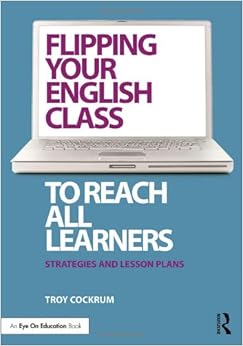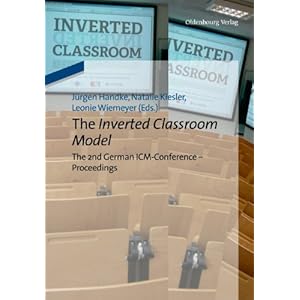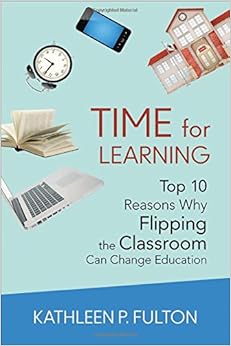eSchool News reported last summer that flipped learning is having a dramatic impact on efforts to provide an effective education to students with special needs.
At E.L. Haynes High School in Washington, D.C., 44 percent of students are English language learners, have special needs, or both. Yet all of the students in this urban charter school’s first graduating class have been accepted into college, said Principal Caroline Hill—and she attributed this success to a personalized, self-paced approach made possible by technology.
E.L. Haynes has a one-to-one laptop program, and students also can bring their own devices to school. Using a flipped learning approach, teachers record their lessons and post them online, so students can watch the content over and over again until they understand—and class time is used to provide more personalized support.
If schools are to meet the learning needs of every student, including those with disabilities, then “we have to think differently about how we provide instruction,” Hill said.
Also see:
Flipping the Classroom for Students With Learning Disabilities, Norene Wiesen, Scientific Learning, February 11, 2014
Flipping the Classroom for Special Needs Students, Bridget McCrea, T.H.E. Journal, June 30, 2014
Flipping the Classroom for Students with Special Needs – Our Presentation, Tools and a Case Study, Andrea Prupas, INOV8, February 26, 2013

Categories: Information, News
























